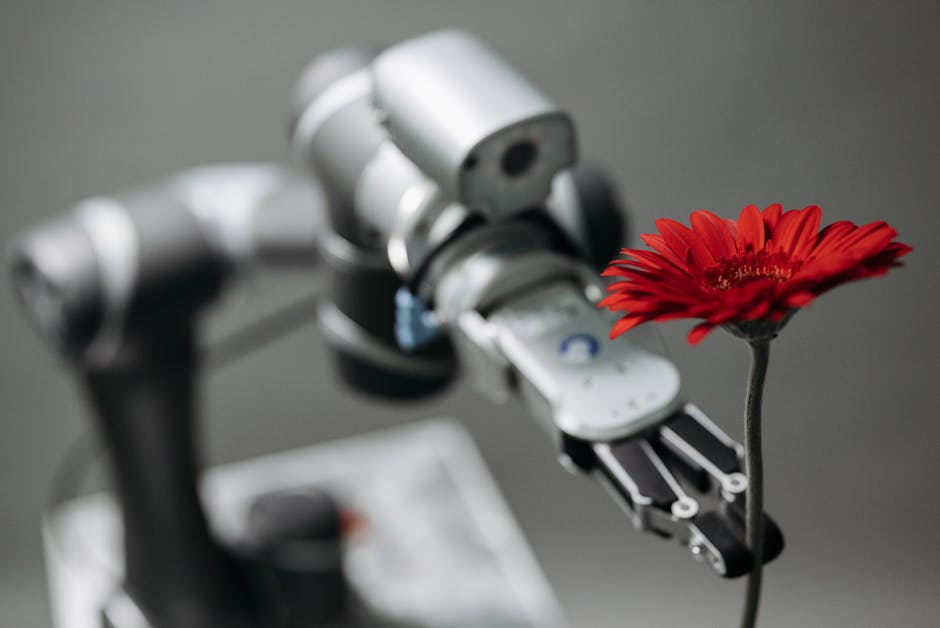
The Evolution of Polygraph Techniques: A Comprehensive Guide
The polygraph, often referred to as a “lie detector,” has been a topic of intrigue and skepticism since its inception. Over the years, polygraph techniques have evolved significantly, adapting to technological advances and societal needs. This article delves into the history, advancements, and current applications of polygraph techniques, providing a detailed and insightful look into this fascinating field.
The Origins of the Polygraph
The journey of the polygraph begins in the early 20th century. In 1921, John A. Larson, a medical student at the University of California, developed the first version of the polygraph. This early device measured physiological responses such as blood pressure and respiration rate, laying the foundation for future developments.
Advancements in Polygraph Techniques
As technology evolved, so did the polygraph. In the 1930s, Leonarde Keeler improved upon Larson’s design by adding a galvanic skin response measurement, enhancing the device’s accuracy. This marked a significant step forward in the evolution of polygraph techniques.
Digital Revolution and Modern Polygraphs
The digital revolution of the late 20th century brought about significant changes in polygraph technology. Modern polygraphs utilize computerized systems that allow for more precise data collection and analysis. This shift has not only improved accuracy but also streamlined the testing process.
Current Applications of Polygraph Testing
Today, polygraphs are used in various sectors, from criminal investigations to employment screenings. According to a 2020 survey, approximately 70% of law enforcement agencies in the United States use polygraph tests during their hiring process. This widespread use underscores the importance and trust placed in polygraph techniques.
Polygraph Testing in the Legal System
While polygraphs are not universally accepted as evidence in court, they play a pivotal role in criminal investigations. Law enforcement agencies often use them as a tool to assist in gathering information. However, it’s crucial to note that polygraph results are generally inadmissible in court due to questions about their reliability.
Challenges and Criticisms
Despite advancements, polygraphs face significant criticism. A key challenge is the potential for false positives or negatives, which can occur due to nervousness or other physiological factors unrelated to deception. Studies suggest that polygraph accuracy ranges from 60% to 80%, leading to ongoing debates about their reliability.
Improving Accuracy: New Techniques and Technologies
To address accuracy concerns, researchers are exploring new techniques such as voice stress analysis and functional magnetic resonance imaging (fMRI). These methods aim to provide a more comprehensive understanding of deception, potentially increasing the accuracy of polygraph tests.
Future of Polygraph Techniques
The future of polygraph techniques lies in integrating advanced technologies and refining methodologies. Innovations such as artificial intelligence and machine learning hold promise for enhancing the accuracy and reliability of lie detection methods. As these technologies continue to evolve, they may revolutionize the field of polygraph testing.
Actionable Tips for Polygraph Examinees
For individuals facing a polygraph test, preparation is key. Here are some actionable tips:
- Stay Calm: Practice relaxation techniques to help manage anxiety.
- Be Honest: Answer questions truthfully to avoid inconsistencies.
- Understand the Process: Familiarize yourself with the testing procedure to reduce fear of the unknown.
Conclusion
The evolution of polygraph techniques reflects a continuous journey toward precision and reliability. While challenges remain, ongoing research and technological advancements offer hope for the future of lie detection. By understanding the history and current applications of polygraphs, we can appreciate the complexities and potential of this intriguing field.
For further reading, explore resources such as the American Polygraph Association’s website, which offers in-depth information on polygraph standards and practices.
